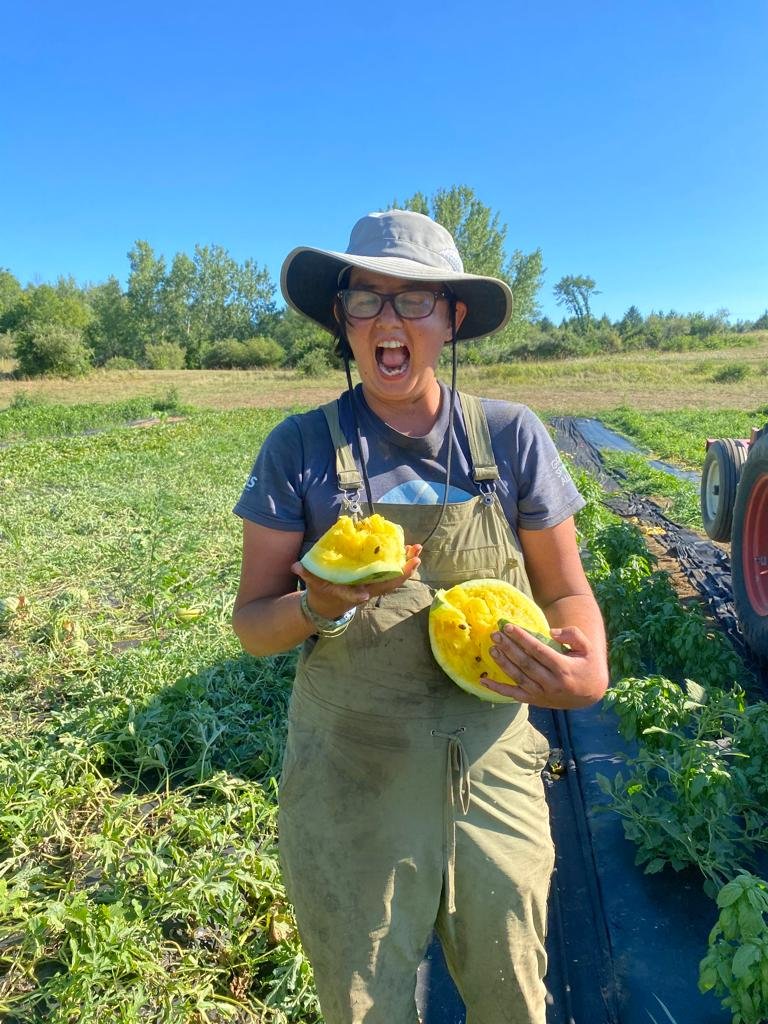Photo Source: Unsplash
What’s Below:
About Okra
Cooking & Storage
Recipes
ABOUT Okra
Okra is a tall, heat loving plant that generously produces fruit at the peak of summer through to the early fall, and has origins in Ethiopia that go back at least 3,000 years. It’s in the Mallow family with cacao beans and cotton, and it’s name has origins in Twi, Igbo, and Bantu languages (okuru, nkuruma, and ngombo respectively), with its Bantu name being the reason its also known as gumbo, both as a plant and the dish.
Okra is an herbaceous yet mildly sweet fruit that can range in color from green to white and red. It has a slimy texture in the center that can be used as a thickening agent for soups and stews!
COOKING & STORAGE
Edible parts: Fruit
Medicine and Nutrients: Okra is rich in vitamin C, B6, iron, and calcium.
Storing and Shelf Stability: Refrigerate your okra unwashed and untrimmed in a paper bag in the crisper drawer for three to five days.
Ways to Prepare
RAW: Enjoy them diced up in a salsa or salad; sliced on a sandwich; or just as is with a sprinkle of salt and your favorite herbs or spices alongside some pungent cheese.
COOKED: Okra is a staple in Creole and Southern cuisine. It can be sauteed, deep-fried, or simmered in soups and stews, such as gumbo. Raw okra can even be pickled.
RECIPES
Fried Okra (Grand Baby Cakes)
Stewed Okra and Tomatoes (Food & Wine)
Okra Gumbo (Bon Appetit, Toni Tipton Martin)
Authored and compiled by Maya Marie of Deep Routes, Ayllen Kocher, and Amara Ullauri






















